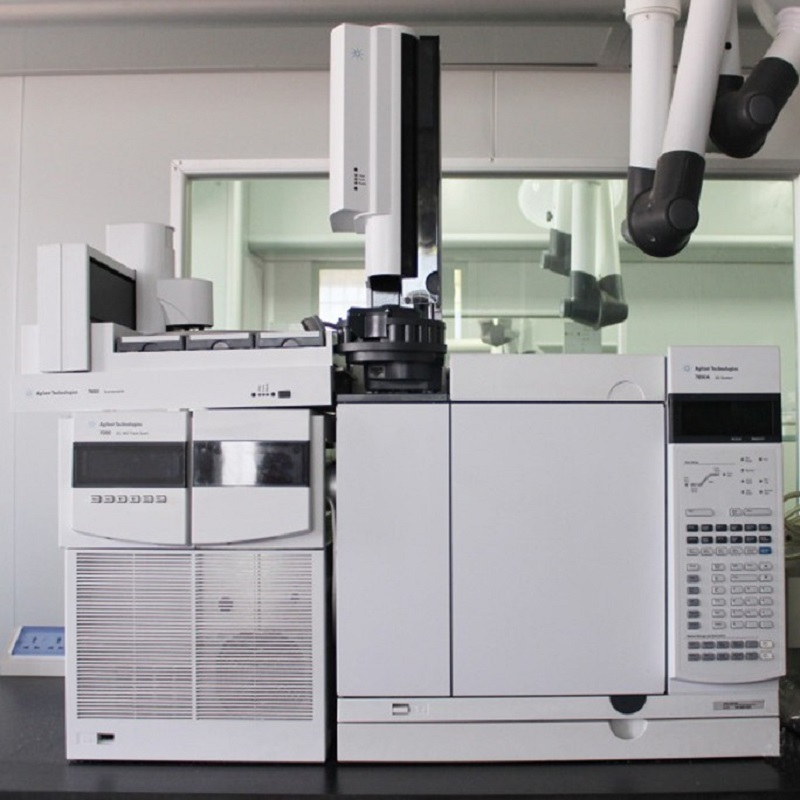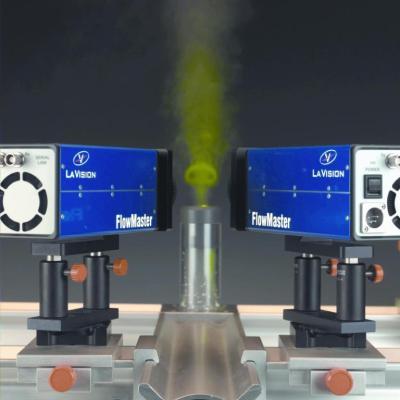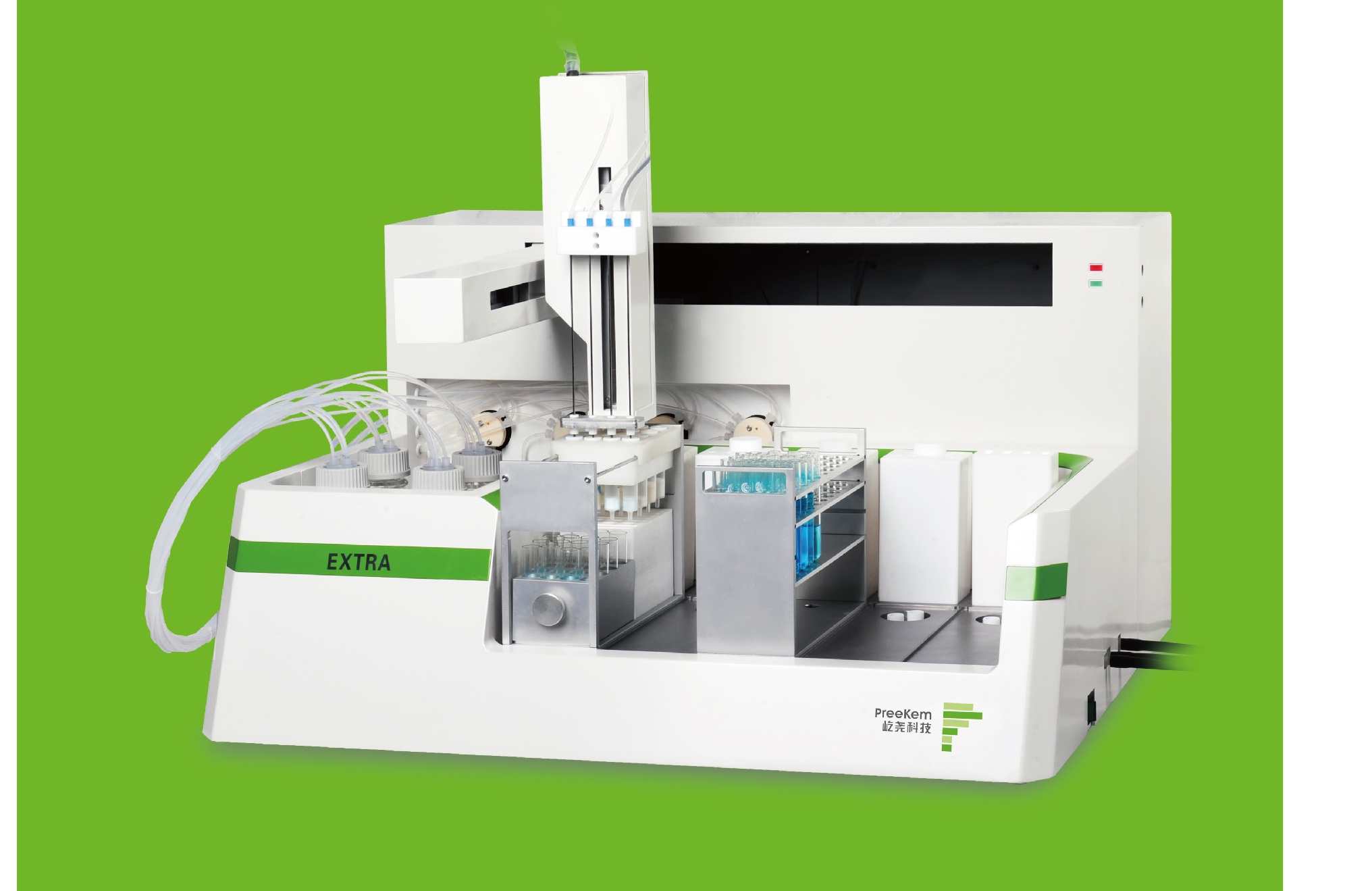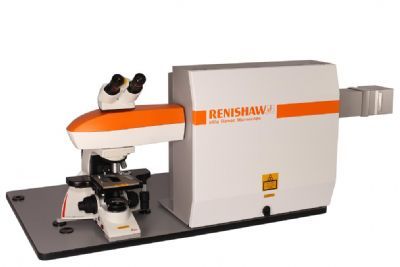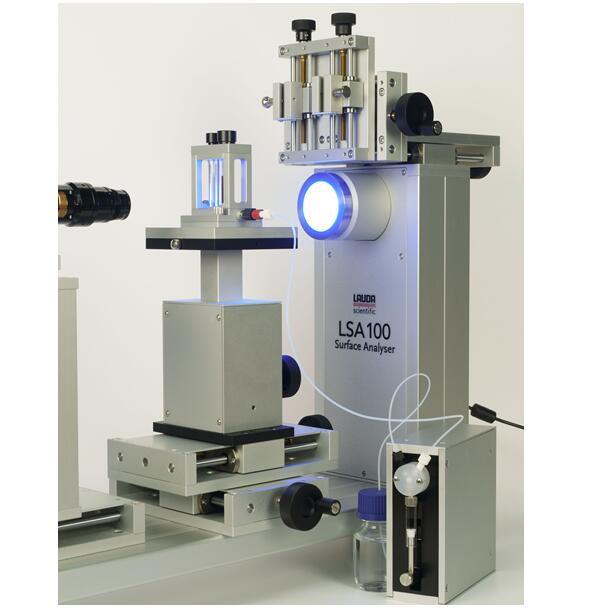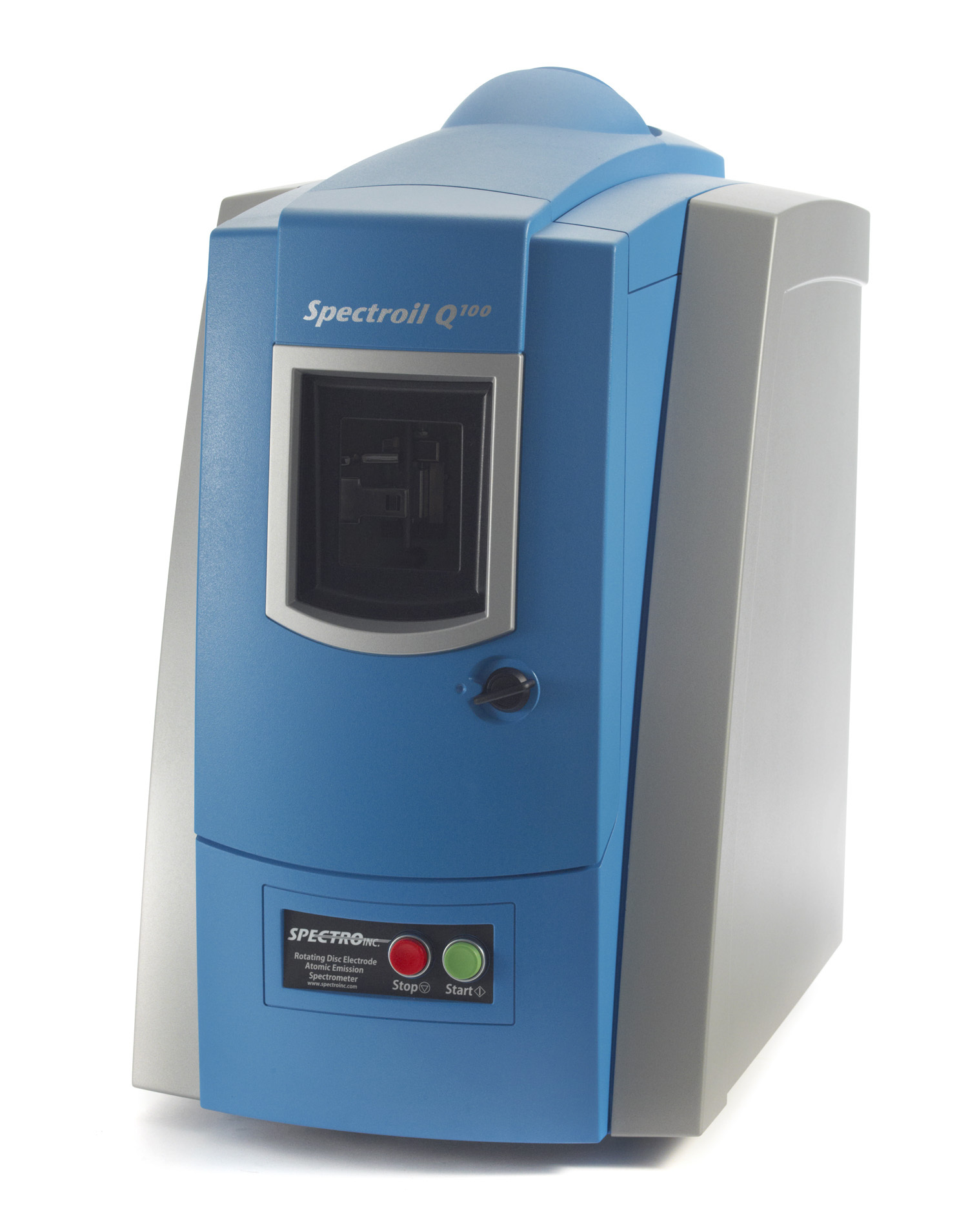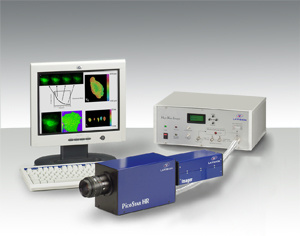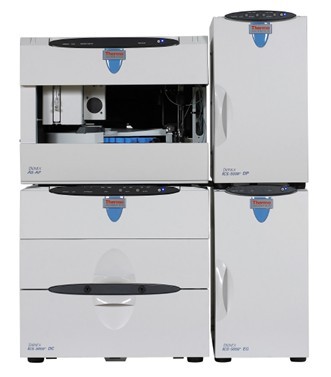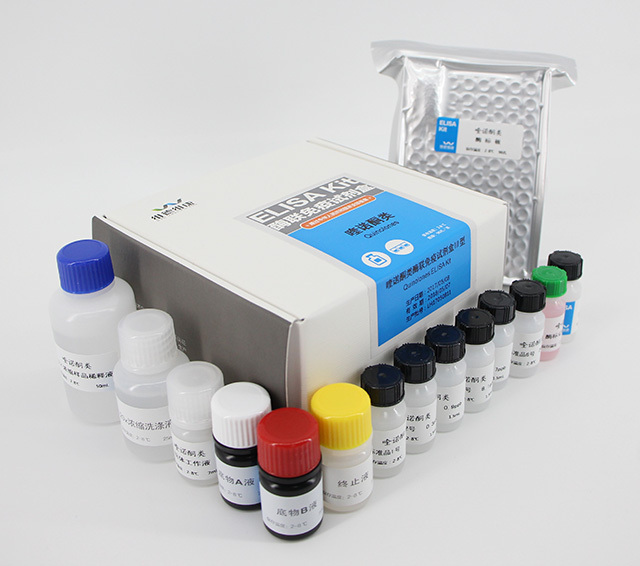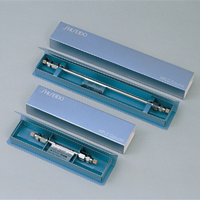用2D粒子成像技术研究自由游动鲨鱼的水动力学推进机理用于水上舰船
Two-dimensional velocity fields around a freely swimming freshwater black shark fish in longitudinal (XZ) plane andtransverse (YZ) plane are measured using digital particle image velocimetry (DPIV). By transferring momentum tothe fluid, fishes generate thrust. Thrust is generated not only by its caudal fin, but also using pectoral and anal fins,the contribution of which depends on the fish’s morphology and swimming movements. These fins also act as rolland pitch stabilizers for the swimming fish. In this paper, studies are performed on the flow induced by fins of freelyswimming undulatory carangiform swimming fish (freshwater black shark, L = 26 cm) by an experimental hydrodynamicapproach based on quantitative flow visualization technique. We used 2D PIV to visualize water flow patternin the wake of the caudal, pectoral and anal fins of swimming fish at a speed of 0.5–1.5 times of body length persecond. The kinematic analysis and pressure distribution of carangiform fish are presented here. The fish body and finundulations create circular flow patterns (vortices) that travel along with the body waves and change the flow aroundits tail to increase the swimming efficiency. The wake of different fins of the swimming fish consists of two counterrotatingvortices about the mean path of fish motion. These wakes resemble like reverse von Karman vortex streetwhich is nothing but a thrust-producing wake. The velocity vectors around a C-start (a straight swimming fish bendsinto C-shape) maneuvering fish are also discussed in this paper. Studying flows around flapping fins will contribute todesign of bioinspired propulsors for marine vehicles.
